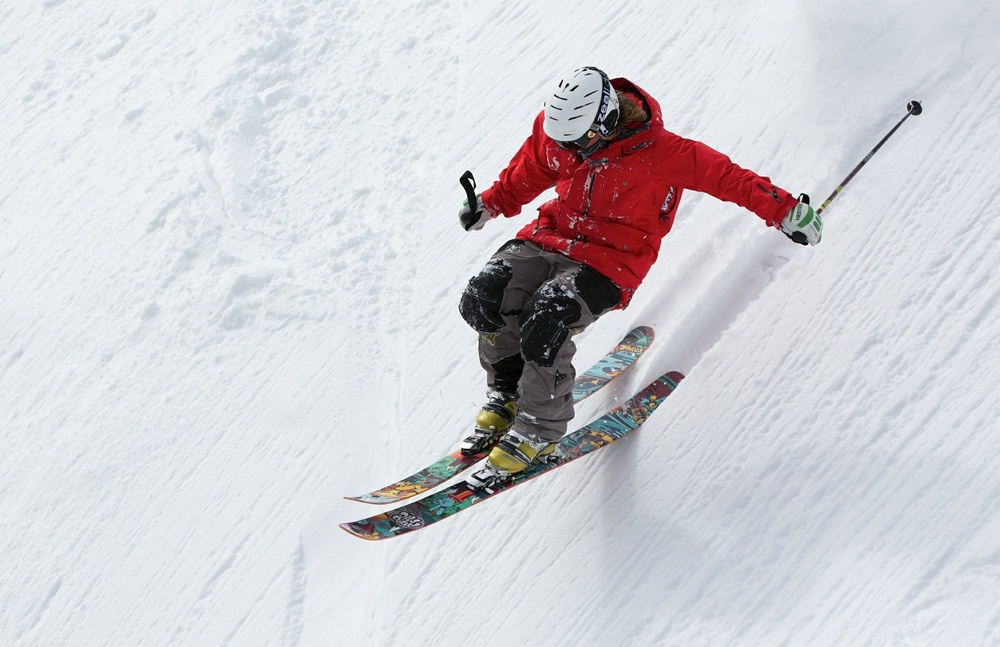
When you’re on top of a snowy mountain, feeling toasty just doesn’t make sense. Equally so if you’re shivering while completely wrapped from head to toe. If this has ever happened, you may have a layering problem.
Keep your body temperature at bay so you can ski all day. Master the art of layering and you’ll do just that.
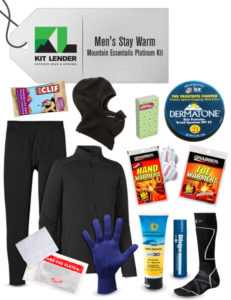
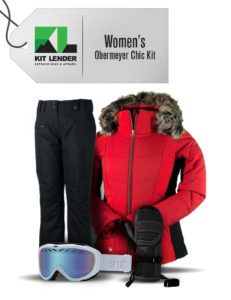
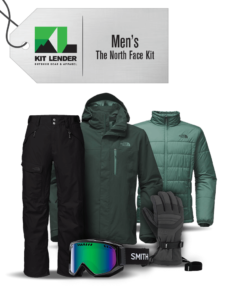
Base Layer: Keep Dry from The Inside
Like any outdoor activity, skiing will make you work up a sweat. The base layer’s job is to wick all that moisture away to keep your body warm. In order to do that, it needs to have a snug fit that wraps around your skin.
You’ll want your base layer clothing to be made of wool or synthetic fabrics such as nylon and polyester. Avoid cotton at all costs since,
as we’ve talked about before, it absorbs moisture and has practically zero insulation when it gets wet.
A set of base layers is made up of at least a long sleeved top, a bottom that covers the legs, and a pair of socks. Depending on the gloves you want to use, you might also want to consider getting a glove liner. Using brands like
Patagonia and
Smartwool, our
base layer kit should cover everything you need.
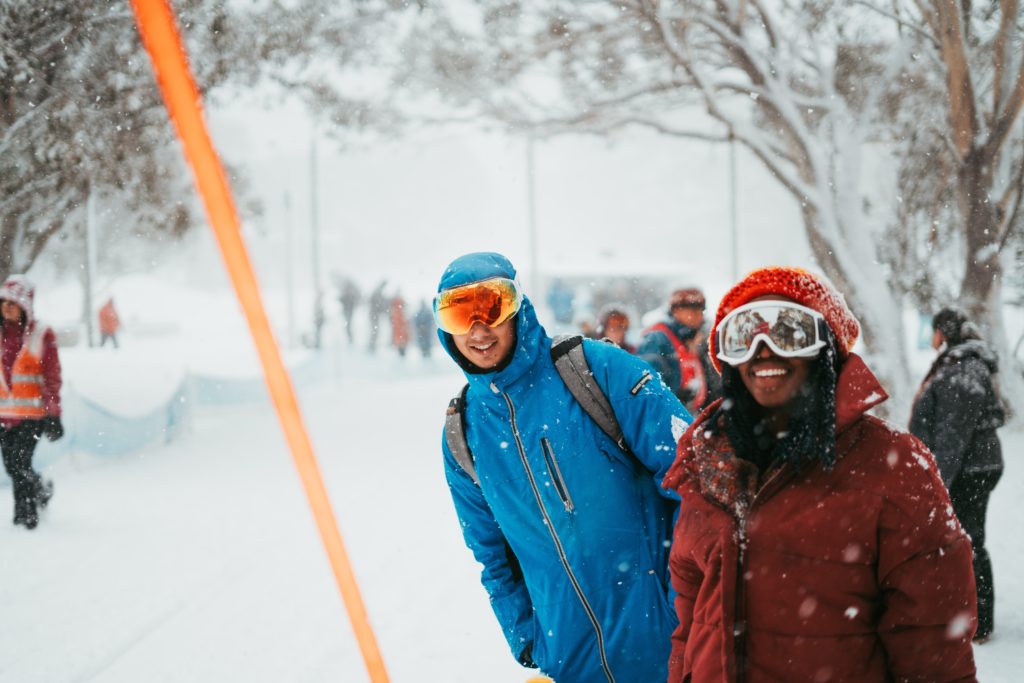
Mid Layer: Keep the Heat In
This is what’s responsible for retaining your body heat even in the most frigid conditions. The mid layer insulates by trapping air between itself and the base layer. Wool and fleece are the recommended fabrics here.
One thing to note about the mid layer is that it doesn’t have to be just one. Instead of just wearing a single jacket, wearing multiple mid layers gives you more options. If the temperature changes, you can just add another layer or take one off to stay comfortable.
That’s actually part of the idea behind 3-in-1 jackets like the one found in some of our
The North Face Kits. It combines a protective outer shell and an insulated liner jacket that can either be attached to the outer shell or worn separately. The inner jacket effectively becomes part of your mid layer ski wear.
Also, you don’t typically need dedicated mid layer pants. Just the base layer and outer layer are enough to keep your legs warm.

Outer Layer: Keep the Cold Out
The main purpose of the outer layer is to protect your body from the elements. Its job is to keep out the cold air and snow thatwould otherwise soak the layers underneath. At the same time, it should also be breathable – after all, what’s the use in keeping the snow out if you’re drenched in sweat?
Outer layer jackets come in different types. Shell jackets are waterproof and breathable but not very warm – you’ll have to rely on mid layers for that. Insulated jackets like the one in this
Obermeyer Kit will keep you warm but can be a little bulky and may limit your range of motion. Then there arethe 3-in-1 jackets that we already touched on earlier that combines both.
For your legs, you can also choose between the shelland insulated variants which have the same characteristics as their jacket counterparts. There’s no 3-in-1 equivalent since staying warm down there isn’t as much of a concern.
Finally, you’ll need a pair of waterproof gloves to keep your hands safe from frostbite.
Don’t forget, a good layering system is all about keeping you comfortable. Find a combination that works for you so you can keep up with the ever-changing conditions on the mountain. If you want to enjoy the slopes, just put on the gear you need – nothing more, nothing less.
 When you’re on top of a snowy mountain, feeling toasty just doesn’t make sense. Equally so if you’re shivering while completely wrapped from head to toe. If this has ever happened, you may have a layering problem.
Keep your body temperature at bay so you can ski all day. Master the art of layering and you’ll do just that.
When you’re on top of a snowy mountain, feeling toasty just doesn’t make sense. Equally so if you’re shivering while completely wrapped from head to toe. If this has ever happened, you may have a layering problem.
Keep your body temperature at bay so you can ski all day. Master the art of layering and you’ll do just that.





